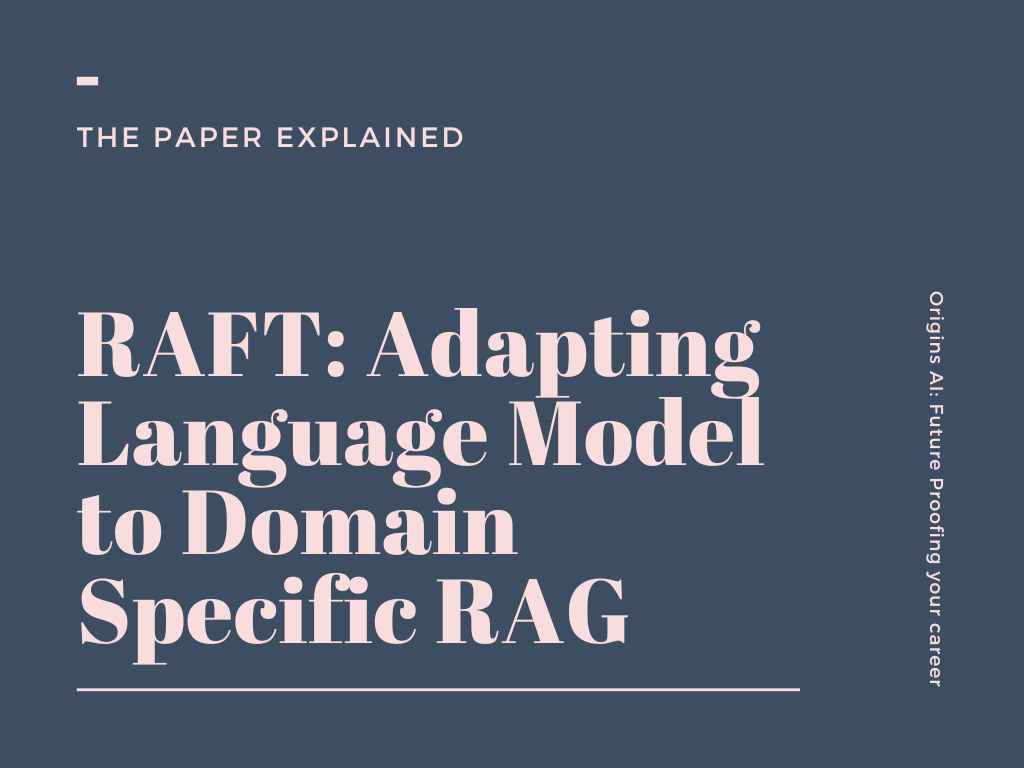Latest Posts
-
·
Fine Tuning LLMs on a Single Consumer Graphic Card
Unlock the secrets of fine-tuning large language models (LLMs) on a single consumer graphics card. Discover how to leverage your GPU for enhanced AI model performance without breaking the bank. Ideal for AI enthusiasts and developers seeking practical insights.
-
·
LangChain Cheatsheet — All Secrets on a Single Page
Unlock the full potential of LangChain with our ultimate cheatsheet! Discover all the secrets and tips you need, condensed into a single, easy-to-navigate page. Save time and boost your efficiency today!
-
·
TaCo: Enhancing Cross-Lingual Transfer for Low-Resource Languages in LLM
TaCo, short for Translation-Assisted Cross-Linguality, utilizes a clever combination of translation and chain-of-thought processes to efficiently train LLMs on new languages. This blog post delves into the details of TaCo, exploring its approach, datasets, training process, and evaluation results.
-
·
RAFT: Finetuning LLM for Domain-Specific Knowledge
This blog post dives into RAFT (Retrieval-Augmented Fine-Tuning), a novel training recipe that enhances the ability of LLMs to perform well in domain-specific RAG tasks. We’ll explore the challenges of adapting LLMs to specialized domains, delve into the details of RAFT, and analyze its effectiveness through evaluation results and qualitative examples.
-
·
Open Source Techniques Unlock Hidden Potential in LLM
Matt Shumer, CEO of Hyperwrite AI, introduced the “Claude Opus to Haiku” technique, which allows users to achieve Claude 3 Opus-level quality at a fraction of the cost and latency. This open-source method involves providing Claude 3 Opus with a task description and a single input-output example.
-
·
MoonDream: A Tiny Vision Language Model for Edge Devices
MoonDream is a small, efficient vision language model (VLM) that can operate with less than 6GB of memory. This makes it ideal for use on edge devices in a variety of applications, such as:
-
·
Run LLM Locally with Ollama: A Hands-on Guide
The rise of generative AI has opened doors to exciting possibilities, with large language models (LLMs) at the forefront. However, experimenting with different LLMs can be challenging, especially when dealing with cloud-based solutions. This is where Ollama comes in, offering a powerful and convenient way to run open-source LLMs locally on your own system.
-
·
Build a Video Analysis Engine with Moondream : Tutorial
The ability to understand and interpret visual information is a crucial aspect of artificial intelligence. Moondream, a powerful multi-modal model, offers a promising solution for building video understanding engines. This
-
·
NVIDIA Unveils Blackwell Platform and a Slew of AI Innovations
NVIDIA’s GTC 2023 keynote was a whirlwind of exciting announcements, showcasing the company’s commitment to pushing the boundaries of AI and robotics. CEO Jensen Huang unveiled groundbreaking technologies, including the new Blackwell platform, advancements in robotics with Project GROOT, and collaborations with industry giants like Google, Amazon, and Microsoft.









